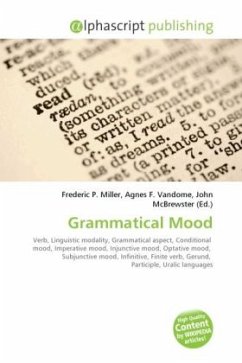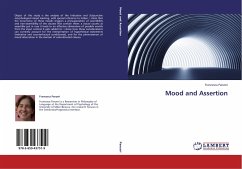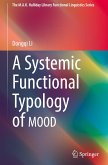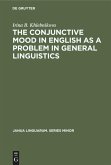Grammatical mood (also mode) is one of a set of distinctive verb forms that are used to signal modality. It is distinct from grammatical tense or grammatical aspect, although these concepts are conflated to some degree in many languages, including English and most other modern Indo- European languages, insofar as the same word patterns are used to express more than one of these concepts at the same time. Currently identified moods include conditional, imperative, indicative, injunctive, optative, potential, subjunctive, and more. Infinitive is a category apart from all these finite forms, and so are gerunds and participles. Some Uralic Samoyedic languages have more than ten moods; Nenets has as many as sixteen. The original Indo-European inventory of moods was indicative, subjunctive, optative, and imperative. Not every Indo-European language has each of these moods, but the most conservative ones such as Avestan, Ancient Greek, and Sanskrit have them all. Italian has replaced optative with condizionale, which is a mix of conditional and optative mood.
Bitte wählen Sie Ihr Anliegen aus.
Rechnungen
Retourenschein anfordern
Bestellstatus
Storno








